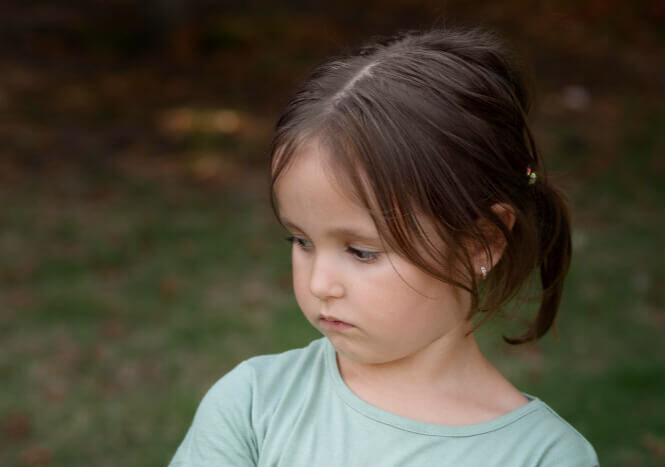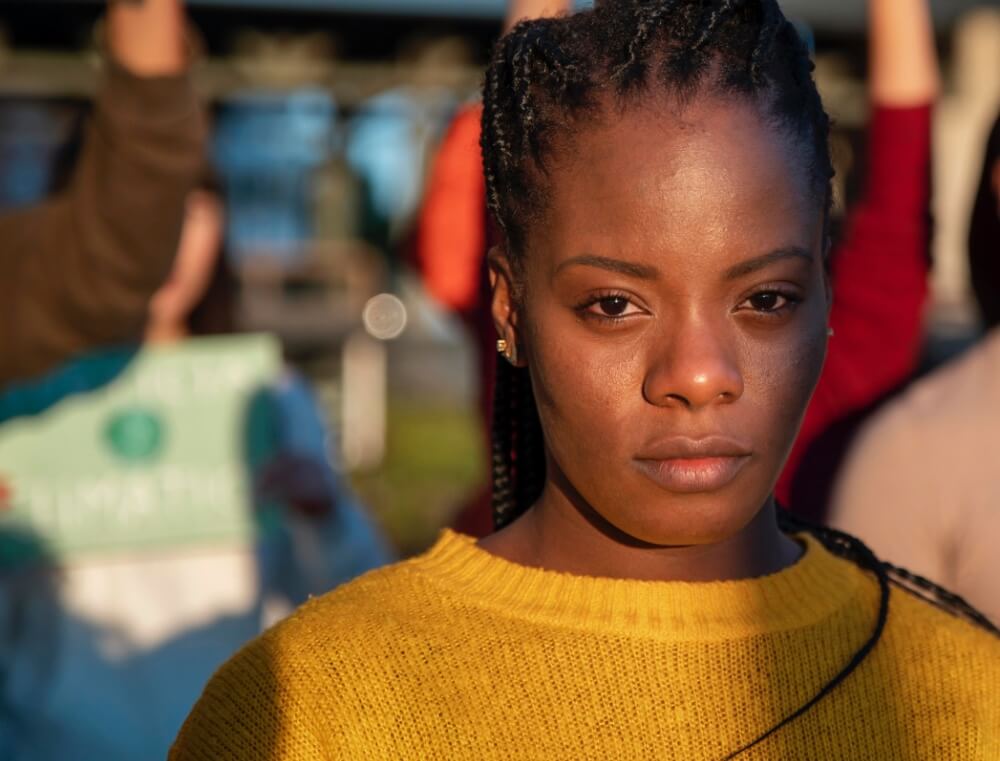Some of our articles speak in a more academic voice, especially when we’re naming systems that silence or harm. This is a sister essay to Collective punishment: how schools displace guilt, erase harm, and preserve the collective, written as a more accessible entry point for readers who are newer to the topic or looking for clarity before diving deeper.
They hurt one child to protect the group
When my daughter was punished by her school, what hurt most was how calm everyone seemed. The principal smiled. She said the punishment had to be “swift.” But my child was the one who paid the price. She was punished for something that was not her fault, and the adults treated it like it was normal. Like it was just how things are done.
But it wasn’t normal. It was a choice. And it hurt her.
Why schools punish the whole class
In the past, Canadian schools used physical punishment. They used straps and rulers and fear. Those tools are gone now, but the idea is still there. Teachers still look for ways to control a classroom fast. If something goes wrong, they punish the group instead of finding the one child who needs help.
Sometimes this is called a “deterrent.” Sometimes it’s called a “natural consequence.” But it is still a punishment. And it still causes harm.
Teachers follow the group
Even when there are only a few people in a room, teachers often act like they are part of something bigger. They match each other’s tone. They speak in the same way. They protect one another without needing to be told.
This is what makes collective punishment possible. No one person feels like they caused the harm. The group works together to stay calm, to protect the school’s image, and to avoid taking responsibility.
Who gets punished most?
Children who are poor, disabled, racialised, or neurodivergent often get punished the most. Even when they did nothing wrong, they are blamed for making the class “hard to manage.” Schools say they are disruptive. Teachers call them difficult. And other children are told they lost their break or their trip because of that one child.
It becomes easier to blame the child than to change the system.
Why some kids become targets
My daughter learned to be quiet. She learned to smile. She learned to freeze when things felt unsafe. The school called her “good.” But inside, she felt stuck. And after years of being left out and pushed aside, something shifted. The school started treating her as the reason for other kids’ punishments.
She became the excuse. The child the class had to “reset” because of. The one whose name explained why everyone else lost out. The school caused the harm and then blamed her for it.
Why my son scares them
My son is different. He reacts strongly to unfairness. He doesn’t freeze. He pushes back. That makes the school nervous. They take more care around him. But they still don’t help. Instead, they make things so hard for him that he can’t even attend. He has been home in bed for months.
He is still being punished. Just in a different way.
When everyone is to blame, no one feels guilty
In law, if five people cause harm, they each carry one-fifth of the blame. Schools work the same way. When a group of staff all agree to ignore a child’s needs, no one feels the full weight of what they did. They all get to feel like they only played a small part.
But the child carries all of it. And so does the family.
The group stays strong by pushing kids out
Sometimes, hurting a child helps the group feel better about itself. That sounds cruel, but it’s what the research says. The group sees the child as “other,” and punishing that child brings the staff closer together.
The child becomes the one who “doesn’t fit.” Their removal helps the group feel clean, safe, united. And so the cycle continues.
Why school meetings feel fake
Many parents say school meetings feel like performances. The smiles, the kind words, the round-and-round talk that goes nowhere. That’s because the meetings are often more about protecting the group than helping the child.
No one wants to be the one who names the harm. No one wants to cause a rupture. So the harm continues. Quietly. Repeatedly. Without anyone taking the full blame.
They return to their lunch. We carry the pain.
Each staff member goes back to their day. They keep their calm tone. They protect their job, their reputation, their distance. But deep down, the guilt stays. Even if they don’t feel it right away, it will show up later. In their bodies. In their sleep. In the record that will one day be shared.
And we—the families, the children, the ones who spoke up—will remember.
Because we carry the harm. We live with the consequences. And we are still waiting for justice.
-
Collective punishment: how schools displace guilt, erase harm, and preserve the collective
One of the things that was so traumatising about the collective punishment that was callously perpetrated against my daughter was the light and evasive tone of the principal. She said that the punishment had to be “swift.” I frequently wondered about the choice…








